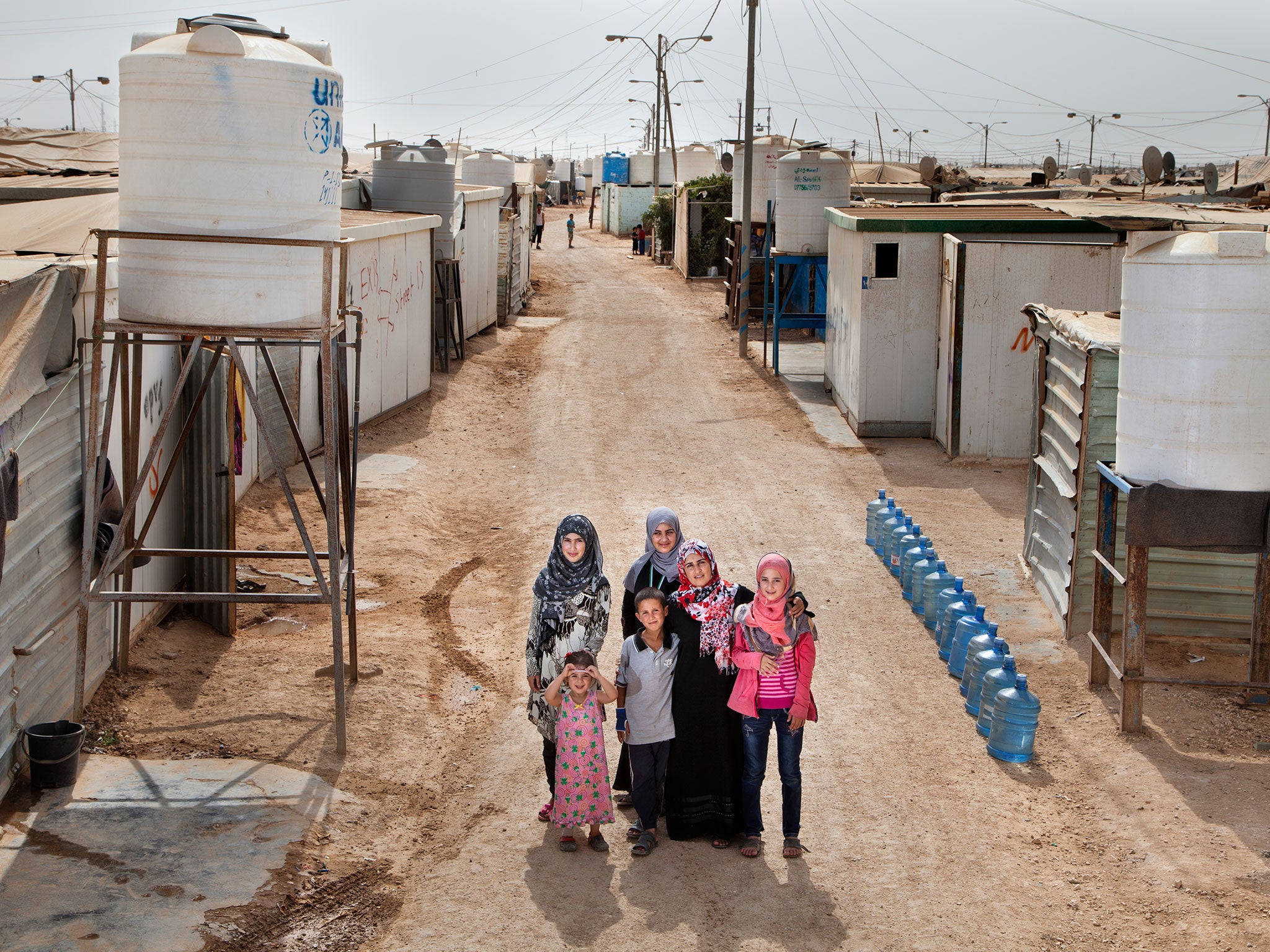Unicef #Wateris: Ashley Gilbertson’s photo essay reveals the lengths families have to go to for access to clean water
More than 650 million people around the world still lack access to safe drinking water - a situation we can all help alleviate, as the photographer discovered

At the turn of the millennium, the United Nations vowed to halve the number of people worldwide without access to safe drinking water. Three years ago, it met its target – yet 663 million people still remain without this basic resource, while 2.4 billion more lack "improved" water sanitation that adequately protects sources from outside contamination, particularly faecal matter.
The issue has become all the more problematic in the face of climate change and a lack of co-operative global action. In collaboration with children's charity Unicef, New Yorker Ashley Gilbertson spent a month photographing families in Bolivia, India, Jordan, Malawi, Myanmar and Niger to highlight the severity of the situation. "In Niger, I found a village that had drawn its daily water from a pond," he says. "Now the pond is drying up and the locals – farmers – are having to relocate to a city where there is water, but where they will no longer be able to farm."
For his photo essay "#Wateris: a family affair", Gilbertson has documented both the amount of water families use daily, as seen in the number of containers surrounding them, as well as the different ways they come by it.
Mariama Abdou, who lives in Niger, contracted cholera from her local river two years ago, but maintains that she still feels "blessed to be close to the water [which the family uses for bathing] because I waste less time than other people. When I get to the river," she adds, "it's a good opportunity to talk to other women. We discuss marriage, baptisms and the community.
"The scariest thing," she concedes, "is the hippos. Once, a fisherman's boat broke, and he was attacked. But we're used to it. If I see a hippo, I run away to be sure nothing will happen."
Though his shots are of families, Gilbertson notes that water access is not so much a family affair as a woman's affair. "Ninety-nine per cent of the time it's the women who are tasked with going out and getting the water," he says. The UN recently stated it is seeking to address this gender imbalance by 2030.
Gilbertson's own family uses 1,000 litres of water a day – 100 for flushing their toilets, 300 for showers and baths, 200 for washing hands, faces and dishes, 80 for their dishwasher, 100 for washing clothes, 50 for drinking and cooking, and 150 for their garden or cleaning their house. It is a staggering amount compared with the consumption of the other families he photographed, who use as little as 60 litres a day. "We decided we needed a first-world family as a comparison," says Gilbertson, "to look at water waste," adding that he hopes the project will educate people that they need to improve their water management no matter where they live, to make the most of this precious resource.
For more on Unicef's role in increasing children's access to water: unicef.org.uk
Join our commenting forum
Join thought-provoking conversations, follow other Independent readers and see their replies
Comments